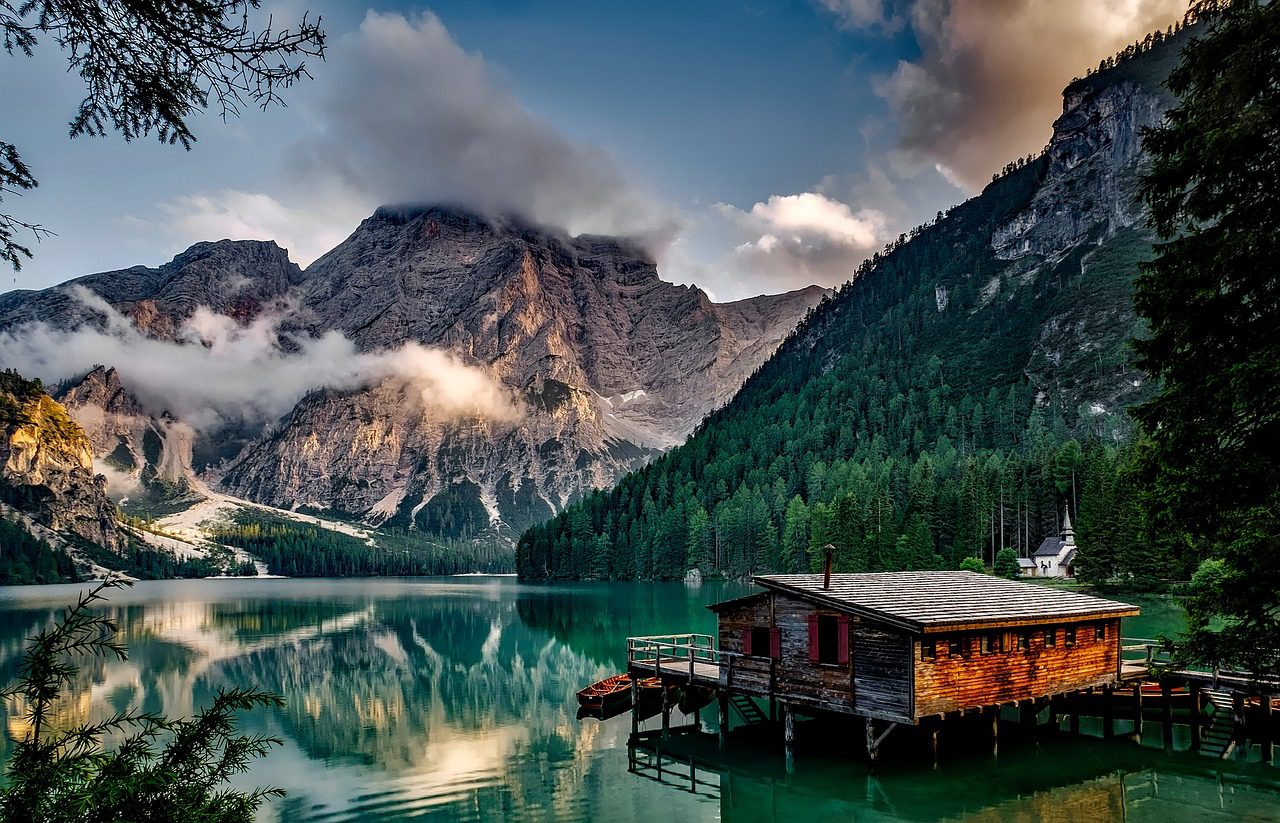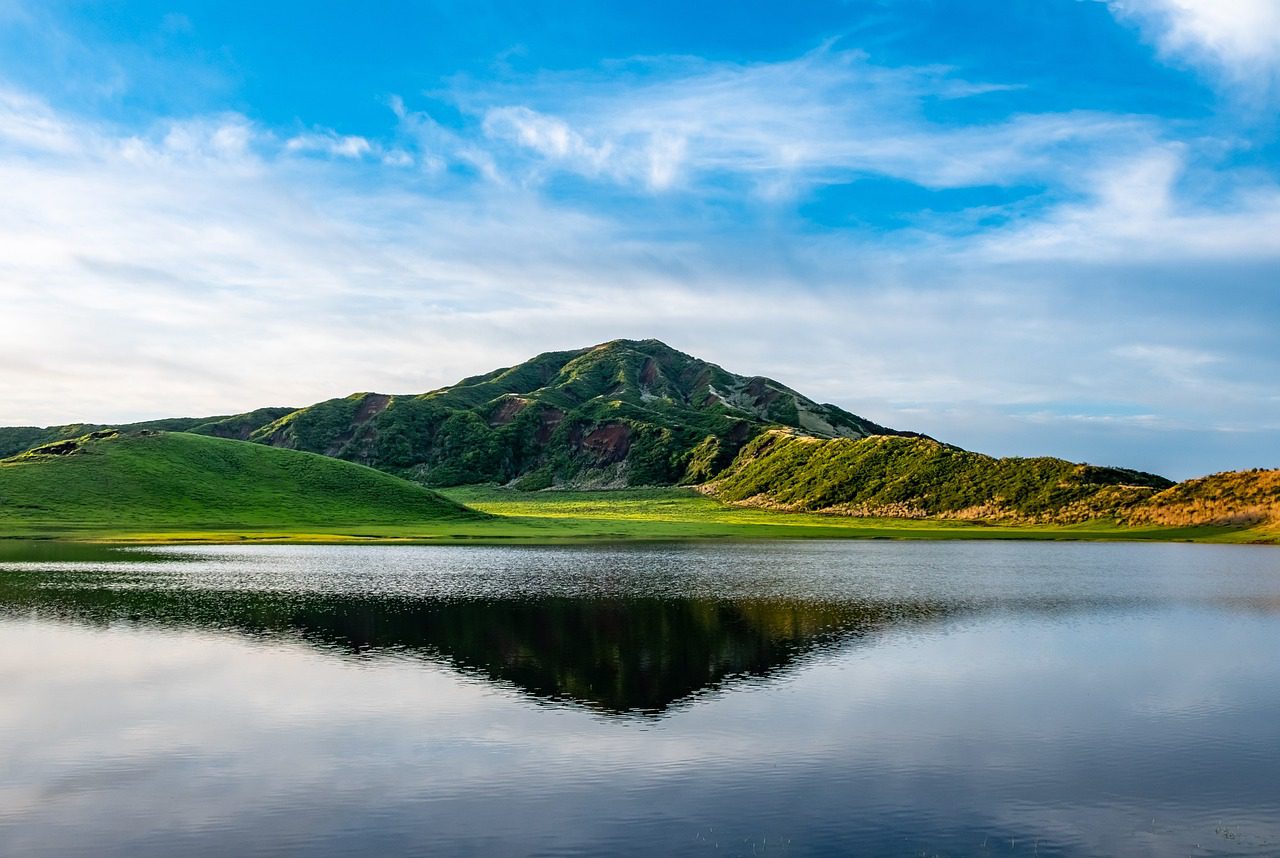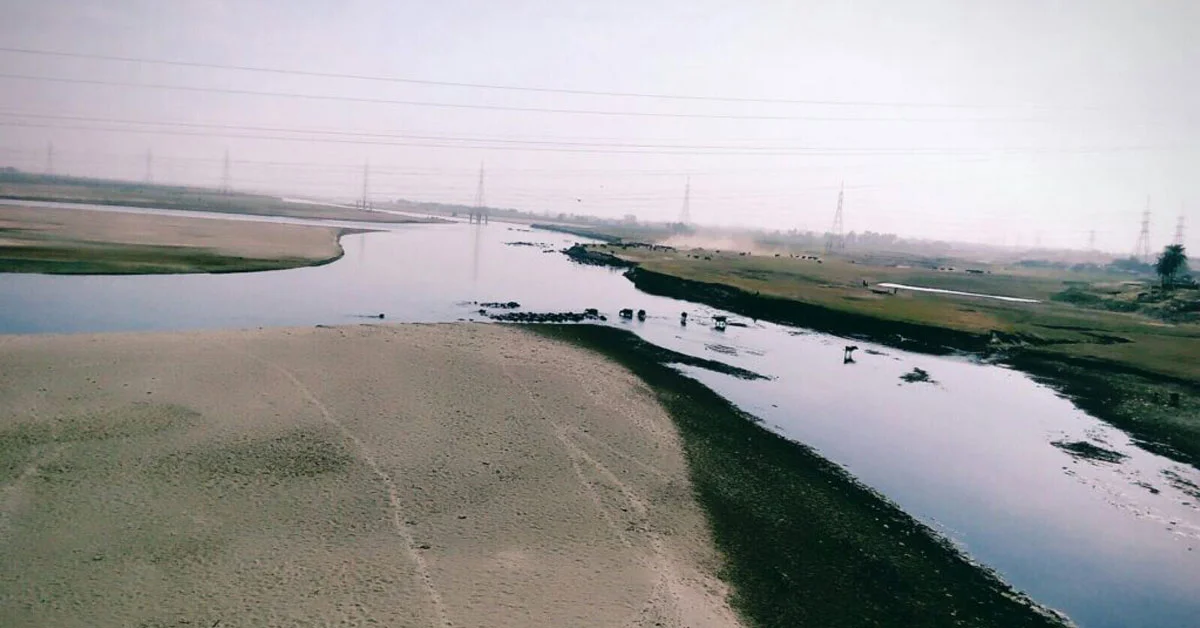Transboundary waters are those water bodies such as lakes, aquifers and river basins that are shared by two or more countries. According to the figures, around 153 countries lie within the territory of 286 transboundary lake basins and rivers and 592 transboundary aquifer systems. This accounts for 60% of the world’s freshwater flow. However, there is a lack of transboundary cooperation in most of these countries. In the current times of mounting water stress worldwide, mismanagement of transboundary waters can spark social conflict and unrest that can in turn trigger larger global issues. Majority of the countries lack operational arrangements required for the management of their transboundary basins.
Actions have Consequences
Actions of one country directly affect the other. For example, pollution and overexploitation of lakes, river basins and aquifers can damage ecosystem services across the borders. Similarly, upstream activities can jeopardize coastal resources. Coastal areas are intruded with saltwater as a result of depleted aquifers. This in turn can increase the concentration of toxic substances such as fluoride and arsenic in the water bodies. On the other hand, a unilateral move by one country to build a dam can drastically decrease a river’s downstream flow in the other country. An integrated and supranational approach for the management of transboundary water resources is required for combating the effects of climate change and growing population.
Progress on Transboundary Water Cooperation
Transboundary cooperation has not only global but also local and regional meaning as well. Transboundary cooperation allows opportunities for the realization and capitalization of wider advantages. For example, it offers opportunities for resolving conflicts over water resources and strengthens resilience to climate change. Around 60% transboundary river basins around the world lack cooperative arrangement. The existing transboundary institutions and treaties are weak with respect to resources, design, mandate and implementation mechanisms. Only three states have signed treaties on one-third of multilateral basins. The situation for transboundary aquifers is even worse where only six aquifer agreements have been adopted at the international level.
Recognition of the importance of transboundary cooperation is the prerequisite for the realization of Sustainable Development Goals (SDG) related to water. Target 6.5 of SDG states, “By 2030, implement integrated water resources management at all levels, including through transboundary cooperation as appropriate.”
The progress report of UN-Water on SDG 6 monitoring presents global status on transboundary cooperation and acceleration required for achieving target 6.5 by the year 2030. It is based on the latest data on indicator 6.5.2. The indictor 6.5.2 looks at the area of a country that lies within the transboundary waters and assess the extent of operational cooperation covered in that area with respect to transboundary water resource management. Arrangements are operational when the following is achieved;
- Joint body meetings between countries that lie within the transboundary waters
- Information is exchanged at least yearly
- Setting of coordinated basin management plans
Data combined from the years 2017 and 2020 indicate that global average of the indicator value (percentage of transboundary basin area in a country covered by an operational arrangement) is 58%. However, current indicator value of 90% and above is reported by two-third countries as compared with 22% in 2017.
Way Forward
United Nations Support
UN can have a more comprehensive mechanism. It can be international protocols revision and monitoring mechanism.
Cooperation among Governments
Areas that are water scarce and more vulnerable to the impacts of climate change require a greater cooperation. A nexus of hydrological, economic and social links is created between communities resided in border areas and beyond by transboundary basins and aquifers.
Protection of Transboundary Ecosystem Services
A variety of ecosystem services are provided by wetlands that are situated around lakes and floodplains that straddle national boundaries. These include barriers against flooding, natural processing of pollution and food provision.
International Economic Integration
Economic integration across borders is essential. Sectors that are highly water dependent- agriculture, energy, industry, water supply and sanitation- require supranational level cooperation. For example, cooperative development and management of shared water resources and floodplains can help in the growth of energy and food production that in turn will help in the alleviation of poverty and control rural-urban migration.
Address Data Gaps | Transboundary Waters
Data gaps need to be addressed. Governments need to improve their monitoring systems for transboundary waters especially groundwater. Information also needs to be shared with other governments as part of the cooperation.
“Source to sea” approach
A “source to sea” approach in transboundary water cooperation needs to be reinforced. Parties that are part of legal framework for transboundary water cooperation worldwide such as the United Nations Economic Commission for Europe (UNECE) Water Convention, should develop and protect terrestrial, marine and freshwater environment linkages
The challenge is transboundary water rights and its quality. And next generation challenge will be its sustainability, available to future mankind.
More Detail About Transboundary waters :
Transboundary waters refer to water bodies such as lakes, aquifers, and river basins that are jointly shared by two or more countries. According to available data, approximately 153 nations have a stake in 286 transboundary lake basins and rivers, along with 592 transboundary aquifer systems.

These collectively constitute about 60% of the world’s freshwater resources. However, in most of these countries, there is a noticeable absence of collaborative efforts to manage these shared water resources effectively. In the current era marked by escalating global water scarcity, mishandling transboundary waters can potentially ignite social conflicts and unrest, which, in turn, have the potential to escalate into more significant global problems. The majority of these countries lack the necessary operational agreements and arrangements required for the efficient management of their shared transboundary basins.
As we explore the shared flows of ‘Transboundary Waters,’ we envision a future where the synergy between a flourishing ‘Green Economy’ and a resilient ‘Blue Economy’ creates a balanced and sustainable relationship between our environment and economic pursuits.


